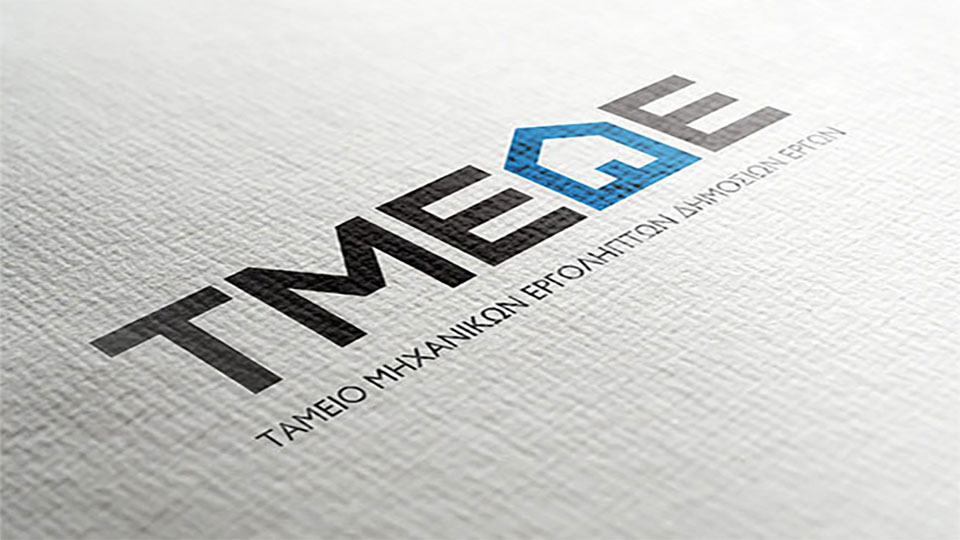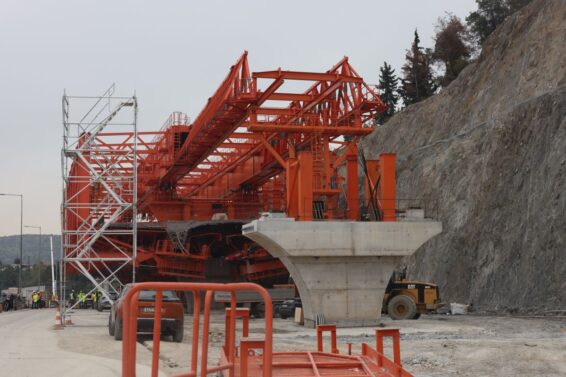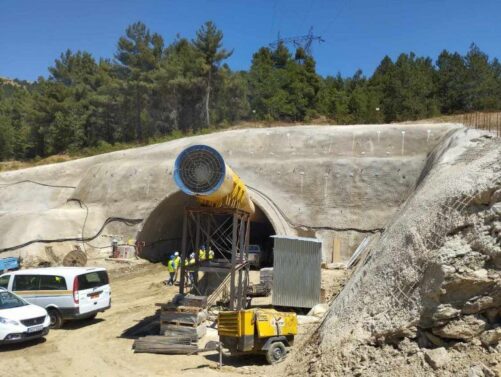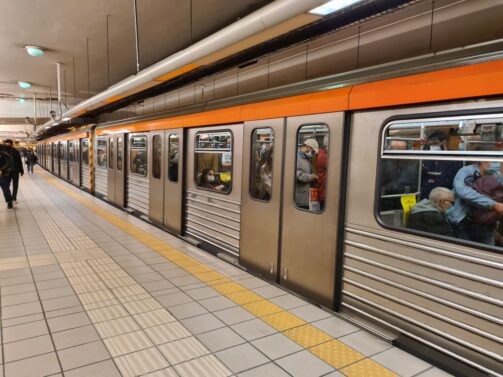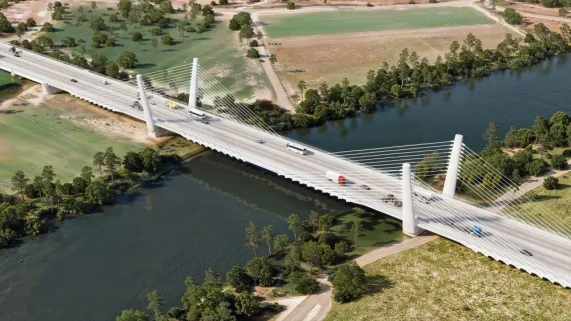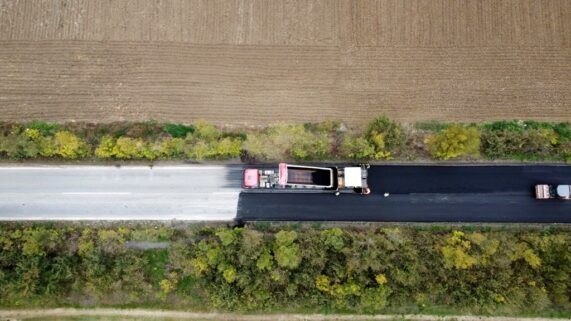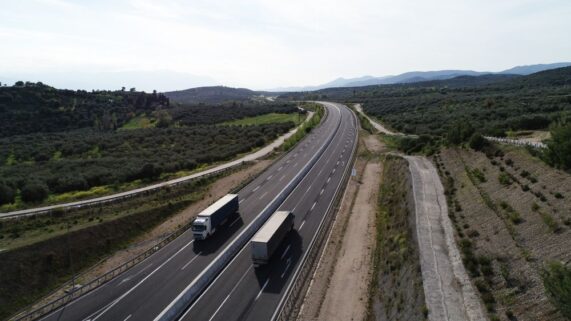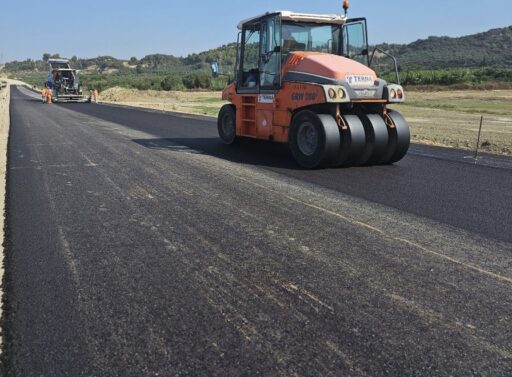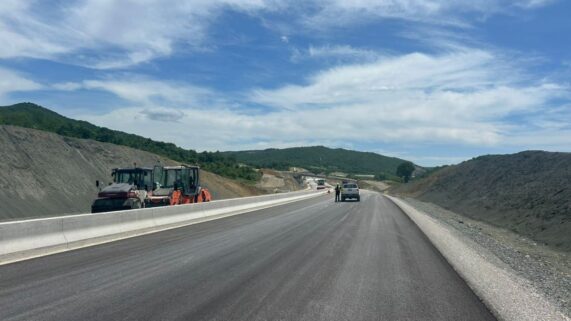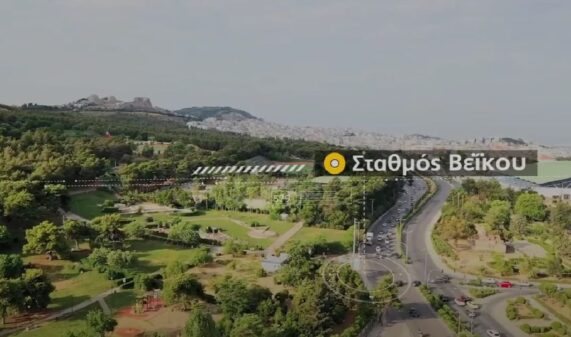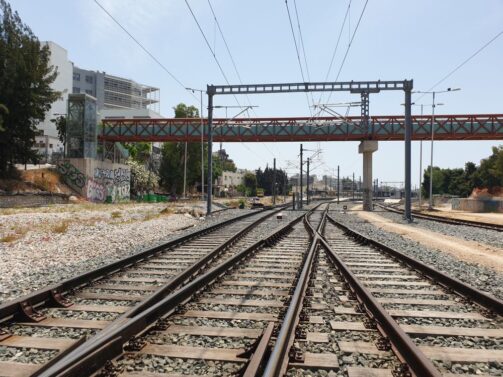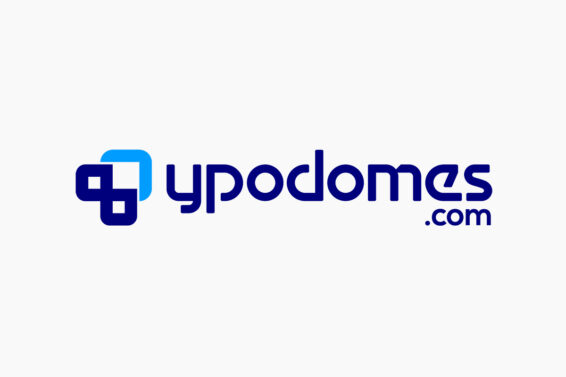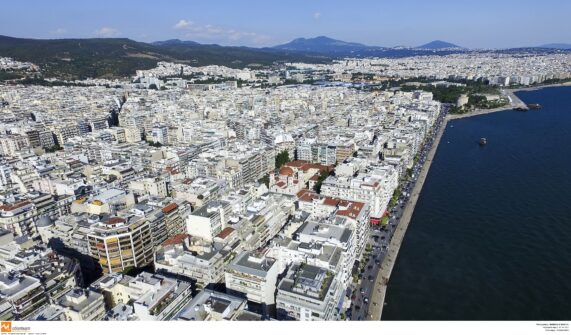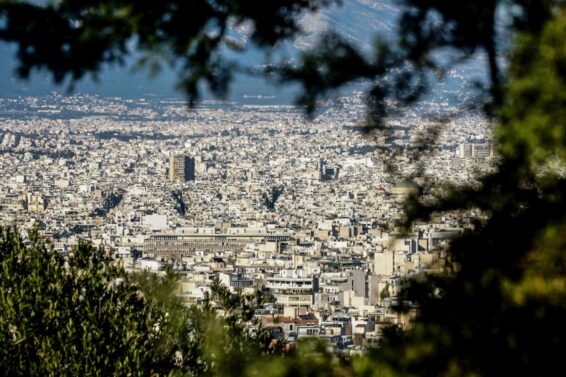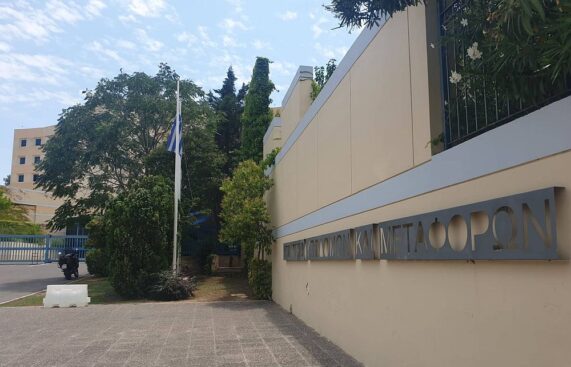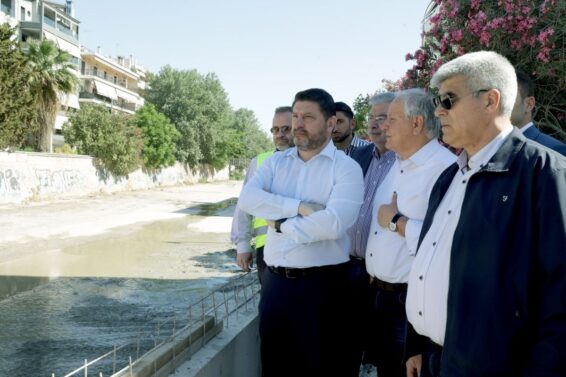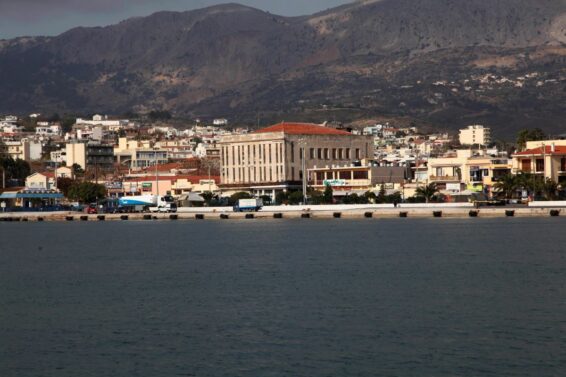The case for the extension of the Athens Metro to the Stavros Niarchos Foundation Cultural Center came to the surface again. As it became known in yesterday’s meeting that the Prime Minister, Kyriakos Mitsotakis had with the Mayor of Kallithea, Dimitris Karnavos, at the Maximou Palace, one of the topics discussed was the extension of the Metro network to Kallithea and the Stavros Niarchos Foundation Cultural Center.
The issue of this expansion has occupied all the governments of the country for the last decade. After all, from the beginning of the implementation of the SNFCC, one of the commitments that the State had taken was its connection with the metropolitan railway of the capital.
While one might assume that this is an extension that is important and useful, there is a reality that needs to be addressed. Metro projects have a long-term design and in addition to the necessary political will, they need funding which is not easy to secure. It is estimated that for each underground kilometer of the Metro, approximately 100 million euros are required.
The extension to Kallithea
For the extension to Kallithea things are more complex. Here the goal is really for the Metro to reach the Stavros Niarchos Foundation Cultural Center. This is a constant request from the start of construction of the complex which today is one of the most important parts of the city for residents and visitors.
In this case, according to the same sources, there are several alternative routes being considered. The first is to create a branch from Line 1 and specifically from Petralona station that will serve the densely populated neighborhoods of Kallithea and will end at the SNFCC.
The second is a branch from line 2 either from Syggrou / Fix station or from Neos Kosmos station which will end with an engraving on Syggrou Avenue. Here are some special technical difficulties that should be taken into account.
According to the available information, what is being done at the moment by Attiko Metro, are some first studies which in combination with transport models will eventually lead us to the optimal solution. Even then, a long-term process for geotechnical and topographic surveys should begin, and then the process of maturing the project and, of course, securing funding should begin.
Accumulated needs for Metro extensions
The most important milestone in this expansion is the accumulated network expansion needs that have arisen over the last decade. It is to be reminded that we are close to the start of implementation of the first phase of Metro Line 4, which has been joined by 15 stations.
In the queue for auction then there are at least 3 phases with 20 stations (to complete the Line from Petroupoli to the National Road and the branch to Ano Ilioupoli). Also in a more mature phase is the extension of Line 2 to Ilion, a project that will bring the Metro even deeper to the densely populated western suburbs of the city. Finally, there is the expansion of the Metro to Glyfada in future plans.
So if we take into account all the above then we get about 28-30 stations with a cost that exceeds 3 billion euros. Of these, to date there is no funding for a new department nor the necessary maturity. Commonly, the next Metro project, whatever it is, will take several years to be at the starting point of its implementation.
The prioritization for the new Metro projects is part of this process and it remains to be seen if the Metro qualifies to go first to the S. Niarchos Foundation Cultural Center, to Kifissias, to Glyfada or somewhere else.
ΜΗΝ ΞΕΧΑΣΕΤΕ
- Ακολουθήστε το ypodomes.com στο Google News και μάθετε πρώτοι όλες τις ειδήσεις για τις υποδομές στην Ελλάδα
- Αν είστε επαγγελματίας του κλάδου, ακολουθήστε μας στο LinkedIn
- Εγγραφείτε στο Ypodomes Web TV

